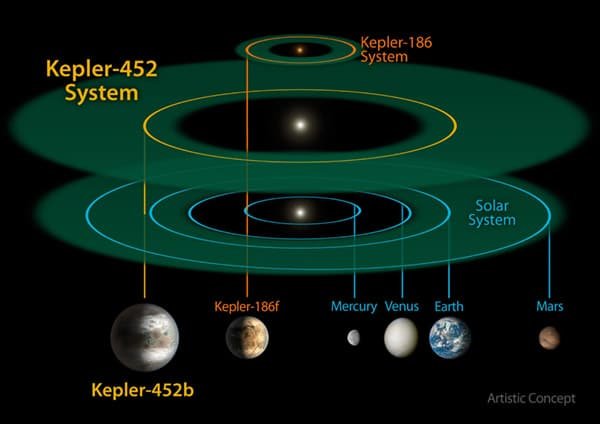NASA has recently uncovered a potentially habitable exoplanet. The newfound celestial body, situated in the habitable zone of its host star, raises exciting possibilities, on an official basis, for the existence of life beyond Earth. Most people already fully understand that the cosmos is teaming with life but we are finally being told a few of the discoveries made by NASA over the years. This newest discovery, and official announcement, opens up a new chapter for the potential for humanity to explore new frontiers.

Photo Credits: NASA/Ames/JPL-Caltech/T. Pyle
The newly discovered exoplanet, named Kepler-452b, is located approximately 1,400 light-years away in the constellation Cygnus. Dubbed Earth’s “older cousin,” Kepler-452b shares many similarities with Earth. It orbits a G-type star like our sun, and its year is only 385 days, just 20 days longer than Earth’s. This Earth-sized exoplanet exists within the habitable zone, also known as the “Goldilocks zone,” where conditions are just right for liquid water to exist—a crucial ingredient for life as we know it.
Kepler-452b has a radius about 60% larger than Earth, and scientists believe it has a rocky surface. Its star, Kepler-452, is about 6 billion years old, making it 1.5 billion years older than our sun. This age similarity suggests that the exoplanet may have had a longer period for the potential development of life.
Kepler-452b might offer hope for the future of humanity. As Earth faces numerous challenges, from environmental issues to overpopulation, the prospect of a habitable exoplanet raises the possibility of a new home for our species. With the advanced space exploration going on now in the private sector, interstellar travel will be a part of our future.
The tantalizing question remains: Does Kepler-452b harbor life now? It’s very possible that the planet already does. Future space telescopes, such as the James Webb Space Telescope, promise to provide more insights into the composition of the planet and may reveal signs of life that could reshape the future of humanity.




